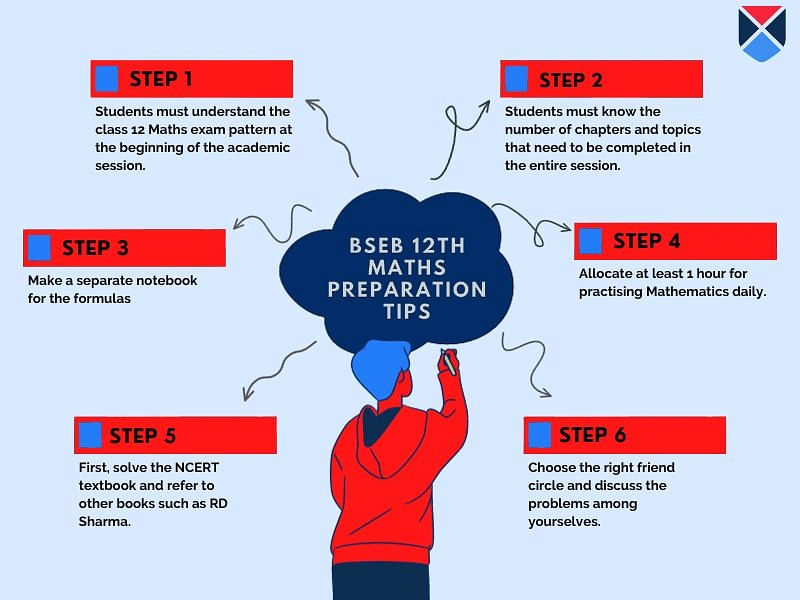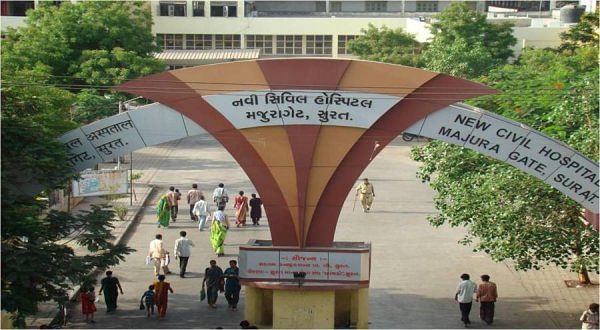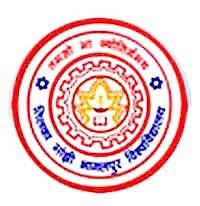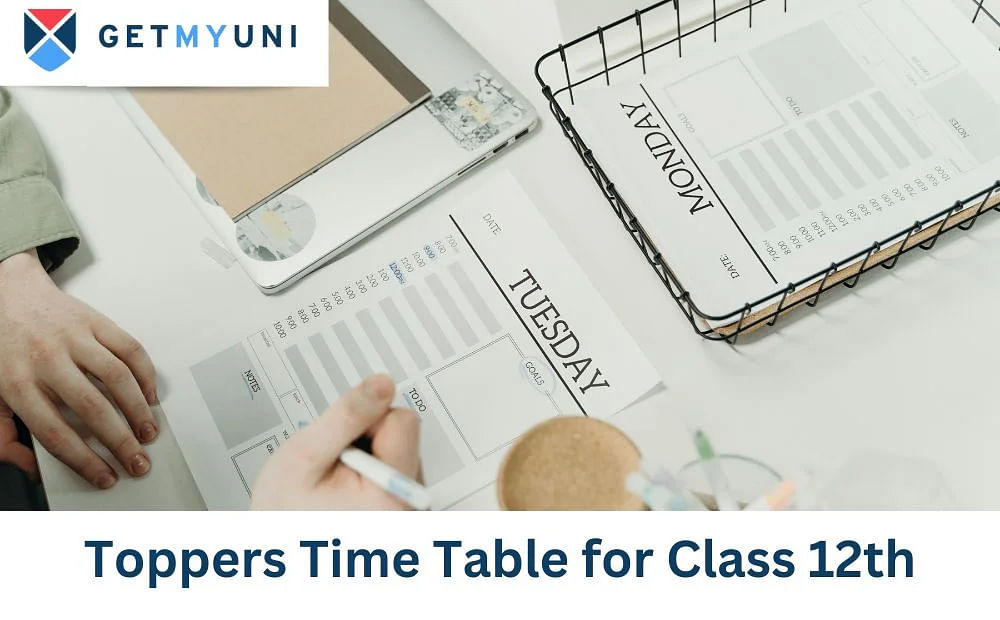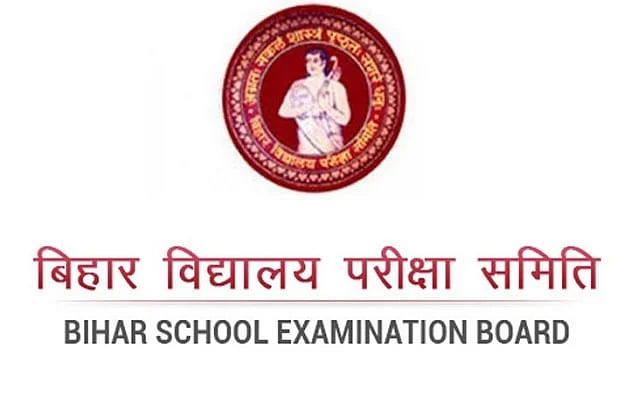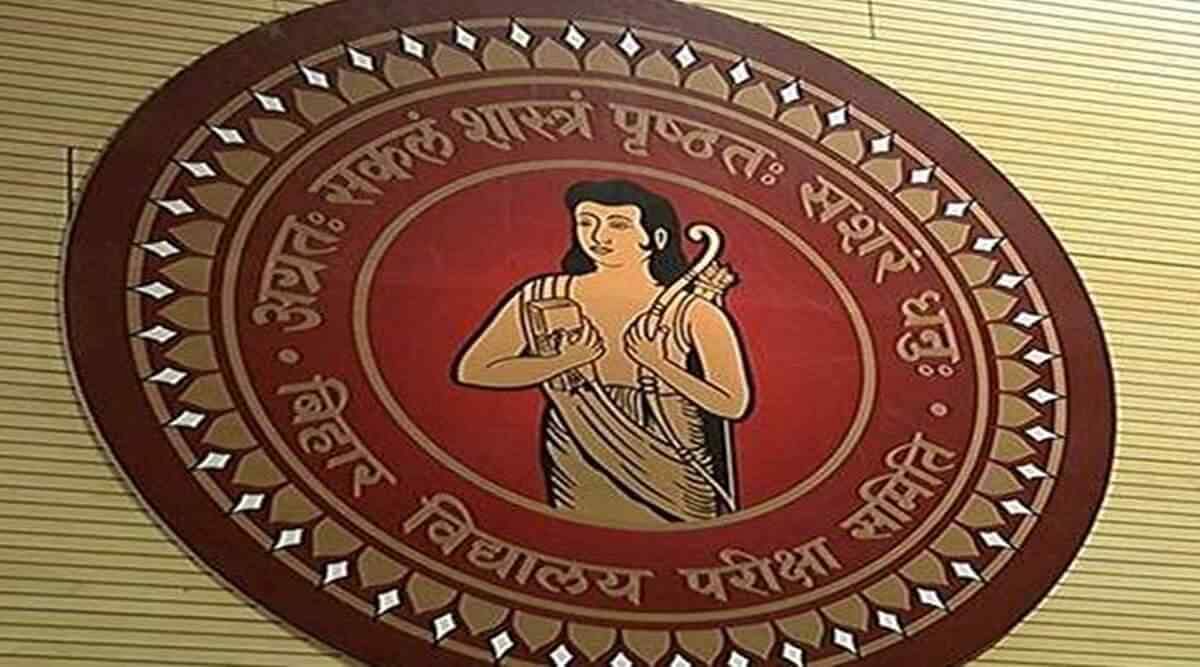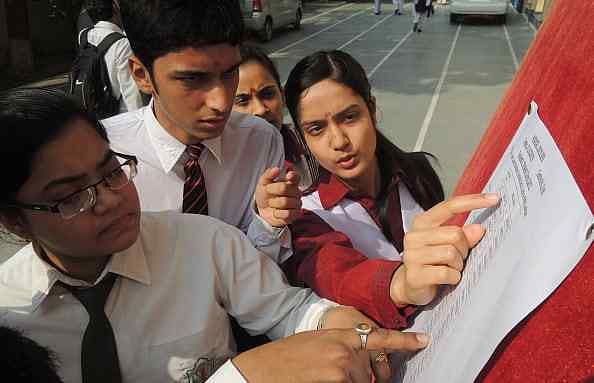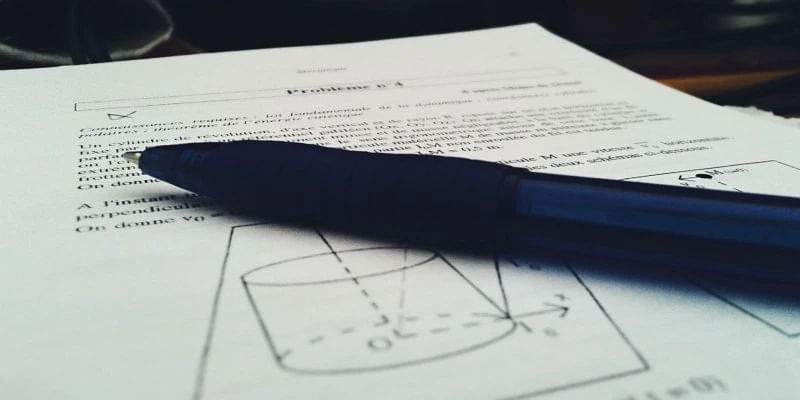BSEB Class 12 Mathematics Latest Syllabus 2025-26: Download Latest and Revised BSEB Class 12th Mathematics Syllabus PDF
The Bihar board 12th Maths syllabus for 2025-26 features six units and is set for 100 marks. Students must secure at least 30 percent to pass, as there's no internal assessment. It's vital to download the latest PDF to understand all topics, sub-topics, and the marking scheme effectively. The exam is a 3-hour, pen-and-paper test, so early preparation using the syllabus and sample papers is highly recommended. This strategy helps students prepare according to the exam pattern and marking distribution.
Table of Contents
The Bihar board 12th Maths syllabus 2025-26 carries six units and will be conducted for 100 marks. The Math syllabus class 12 Bihar board includes important chapters such as Matrices, Determinants, Application of Derivatives, Integrals, Differential Equations, Applications of the Integrals, etc.
There will be no internal assessment for BSEB 12th Maths, and students must score at least 30 percent to pass the exam. Furthermore, students must start their preparation as per the latest Bihar Board 12th 2025-26 syllabus, which will allow them to prepare according to the paper's marking scheme and pattern of the Bihar Board 12th exam 2026. Students can also refer to the BSEB 12th sample papers to strengthen their preparation skills.
BSEB 12th Maths Syllabus 2025-26: Download PDF
Students must download the Bihar board 12th Maths syllabus 2025-26 to understand the topic-wise chapters and their sub-topics. Moreover, the Mathematics paper will be conducted for 3 hours in pen and paper mode. The 12th Maths syllabus Bihar board download PDF is provided below for the student's reference.
| Particulars | PDF Link |
| Bihar Board 12th Maths Syllabus | Download Now |
Bihar Board 12th Maths Syllabus 2025-26: Unit-Wise Details
The class 12 maths syllabus Bihar Board 2025 is designed to equip students with various Math topics to complete their endeavors. The BSEB Maths is one of the most crucial subjects in students' lives as it will help them in their professional courses such as engineering in universities. The detailed unit-wise topics and sub-topics are mentioned below.
BSEB 12th Maths Syllabus 2025-26 Unit 1: Relations and Functions
The detailed unit 1 BSEB 12th Maths syllabus is tabulated below for the students' reference.
| Chapters | Topics |
| Relations and Functions | Types of relations: reflexive, symmetric, transitive, and equivalence relations. One-to-one and functions |
| Inverse Trigonometric Functions | Definition, range, domain, principal value branch. Graphs of inverse trigonometric functions |
BSEB 12th Maths Syllabus 2025-26 Unit 2: Algebra
The unit 1 Algebra BSEB 12th Maths syllabus is mentioned below in detail.
Matrices
- Concept, notation, order, equality, types of matrices, zero and identity matrix, transpose of a matrix.
- symmetric and skew-symmetric matrices.
- Operations on matrices: Addition and multiplication and
- multiplication with a scalar.
- Simple properties of addition, multiplication, and scalar multiplication.
- Non-commutativity of multiplication of matrices and the existence of non-zero matrices whose product is the zero matrix (restrict to square matrices of order 2).
- Invertible matrices and proof of the uniqueness of inverse, if it exists; (Here all matrices will have real entries).
Determinants
- Determinants of a square matrix (up to 3 x 3 matrices), minors, co-factors, and applications of determinants in finding the area of a triangle.
- Adjoint and inverse of a square matrix.
- Consistency, inconsistency, and number of solutions of the system of linear equations by examples, solving a system of linear equations in two or three variables (having unique solution) using the inverse of a matrix.
BSEB 12th Maths Syllabus 2025-26 Unit 3: Calculus
The Calculus chapter under the class 12 BSEB Maths syllabus is tabulated below for the student's reference.
Continuity and Differentiability
- Continuity and differentiability, chain rule, Derivative of inverse trigonometric functions, like sin−1 ????, cos−1 ???? and tan−1 ????, derivative of implicit functions. Concept of exponential and logarithmic functions.
- Derivatives of logarithmic and exponential functions.
- Logarithmic differentiation, Derivative of functions expressed in parametric forms. Second-order derivatives
Application of Derivatives
- Applications of derivatives: rate of change of quantities, increasing/decreasing functions, maxima, and minima (first derivative test motivated geometrically and second derivative test given as a provable tool).
- Simple problems (that illustrate basic principles and understanding of the subject as well as real-life situations)
Integrals
- Integration as an inverse process of differentiation, integration of a variety of functions by substitution, partial fractions, and parts; evaluation of simple integrals of the following types and problems based on them.
- Fundamental Theorem of Calculus (without proof). Basic properties of definite integrals and evaluation of definite integrals.
Applications of the Integrals
Applications in finding the area under simple curves, especially lines, circles/ parabolas/ellipses (in standard form only)
Differential Equations
- Definition, order, and degree, general and particular solutions of a differential equation.
- Solution of differential equations by method of separation of variables, solutions of homogeneous differential equations of first order and first degree.
- Solutions of linear differential equation of the type
BSEB 12th Maths Syllabus 2025-26 Unit 4: Vectors and Three-Dimensional Geometry
The BSEB class 12th Maths syllabus 2025-26 unit 4 details are mentioned below for the student's reference.
Vectors
- Vectors and scalars, magnitude and direction of a vector.
- Direction cosines and direction ratios of a vector.
- Types of vectors (equal, unit, zero, parallel, and collinear vectors), position vector of a point,
- negative of a vector, components of a vector, addition of vectors, multiplication of a vector by a scalar, position vector of a point dividing a line segment in a given ratio.
- Definition, Geometrical Interpretation, properties, and application of scalar (dot) product of vectors, vector (cross) product of vectors.
Three-Dimensional Geometry
- Direction cosines and direction ratios of a line joining two points.
- Cartesian equation and vector equation of a line, skew lines, the shortest distance between two lines.
- The angle between two lines.
BSEB 12th Maths Syllabus 2025-26 Unit 5: Linear Programming
This unit covers only one chapter in the Bihar board 12th Maths syllabus which is tabulated below.
Linear Programming
Introduction, related terminology such as constraints, objective function, optimization, graphical method of solution for problems in two variables, feasible and infeasible regions (bounded or unbounded), feasible and infeasible solutions, optimal feasible solutions (up to three non-trivial constraints)
BSEB 12th Maths Syllabus 2025-26 Unit 6: Probability
The unit also covers only one chapter in the BSEB 12th syllabus for 2025-26 which is tabulated below for the student's reference.
Probability
Probability - Conditional probability, multiplication theorem on probability, independent events, total probability, Bayes’ theorem, Random variable, and its probability distribution, mean of a random variable
Bihar Board Math Syllabus Class 12 2025-26: Marking Scheme
Below is the Bihar Board Class 12 Maths chapter wise weightage for students' reference. Students must refer to the BSEB 12th Maths syllabus 2025-26 marking scheme while preparing for the upcoming board exams to know about the evaluation pattern. However, students must also use the BSEB 12th previous year question papers to understand the paper pattern and its marks distribution.
| Units | इकाई का नाम | Weightage |
| Unit 1: Relations and Functions | इकाई1: संबंध एवं फलन | 10 |
| Unit 2: Algebra | इकाई 2: बीजगणित | 13 |
| Unit 3: Calculus | इकाई 3: कलन शास्त्र | 40 |
| Unit 4: Vectors and 3 Dimensional Geometry | इकाई 4: सदिश एवं त्रि विमीय-ज्योमिति | 18 |
| Unit 5: Linear Programming | इकाई 5: रैखिक प्रोग्रामन | 9 |
| Unit 6: Probability | इकाई 6: प्रायिकता | 10 |
| Total | योग अंक | 100 |
Read more: BSEB Class 12 Answer Key 2025-26
BSEB 12th Maths Syllabus 2025-26: Textbooks
Students must use the BSEB 12th Maths textbook recommended by the school authorities to score higher grades. The books are curated as per the class 12th Math syllabus Bihar Board 2026.
The BSEB textbook provides a clear explanation with detailed examples. Some of the prescribed BSEB 12th Maths textbooks are as follows.
| Books | Publications |
| Mathematics Part I - Textbook for Class XII | NCERT Publication |
| Mathematics Part II - Textbook for Class XII | NCERT Publication |
| Mathematics Exemplar Problem for Class XI | Published by NCERT |
| Mathematics Exemplar Problem for Class XII | Published by NCERT |
| Mathematics Lab Manual class XII | Published by NCERT |
Also Read: Bihar Board 12th Books 2025-26
How to Prepare the Class 12 Math Syllabus Bihar Board 2025-26?
The Maths subject is based on calculation and problem-solving, so understanding the concepts and reviewing the class 12th Maths syllabus Bihar Board 2026 plays a significant role. Further, students can use the tips below to put themselves in the right mindset for their Bihar board 12th exam preparation.
